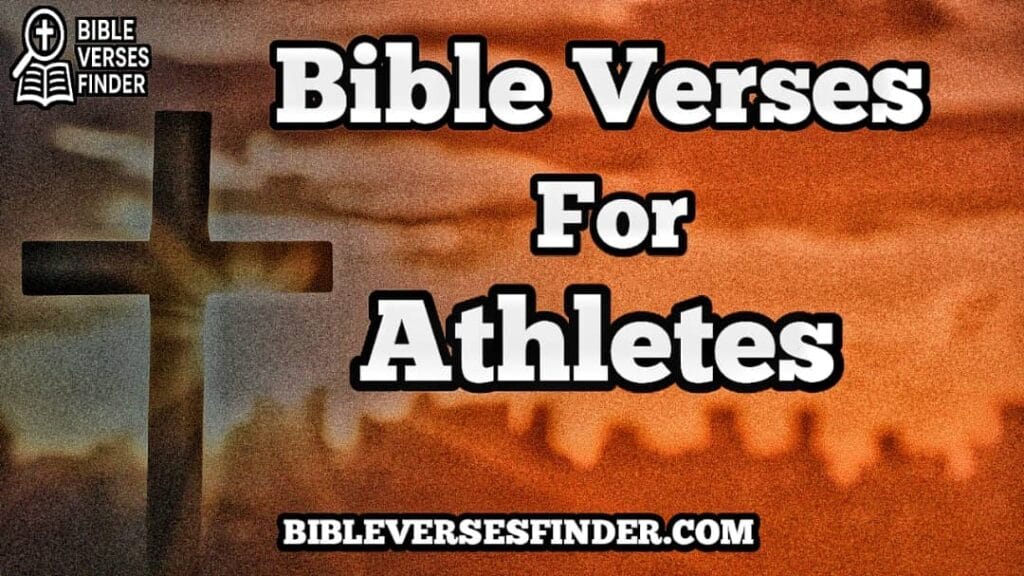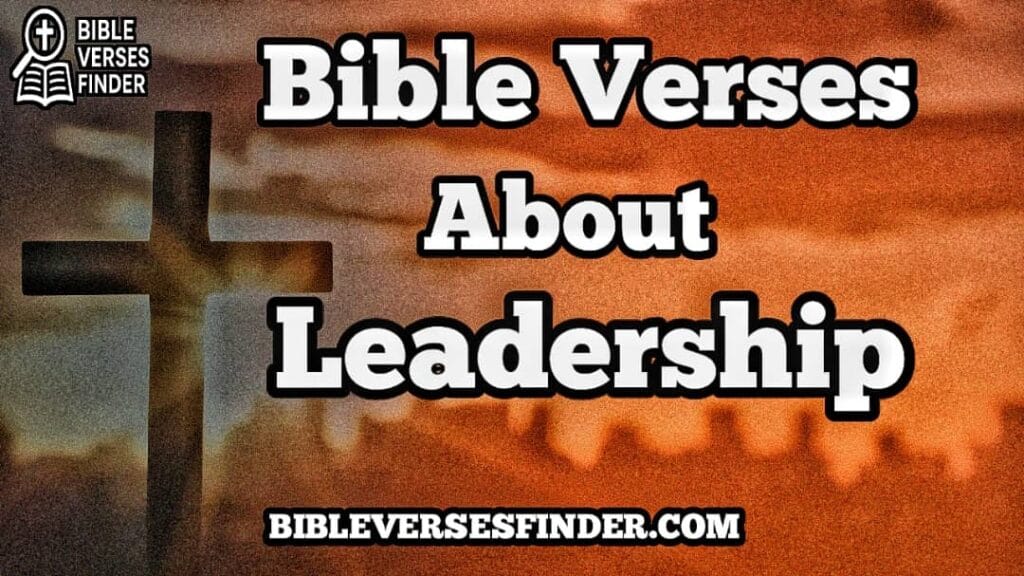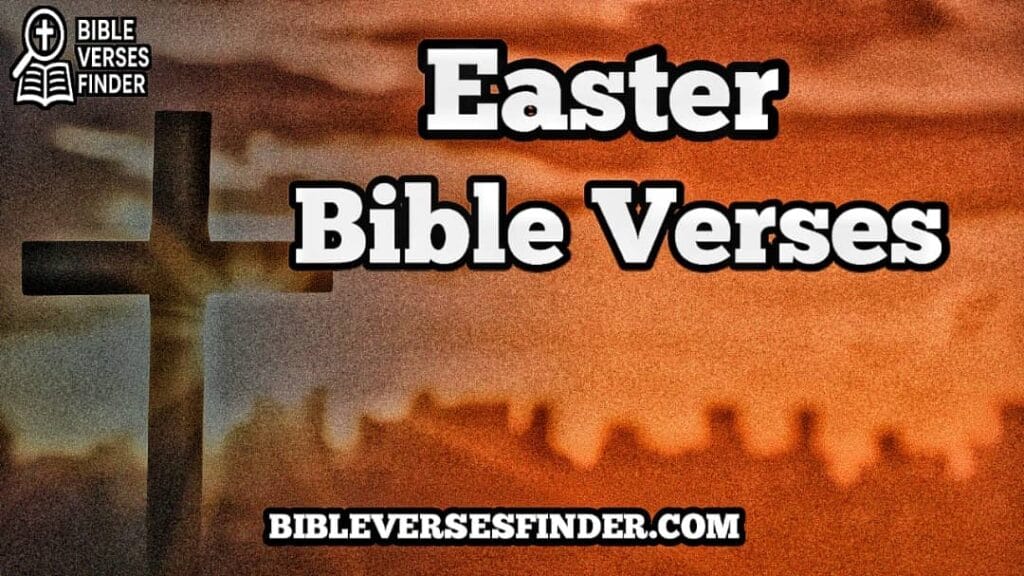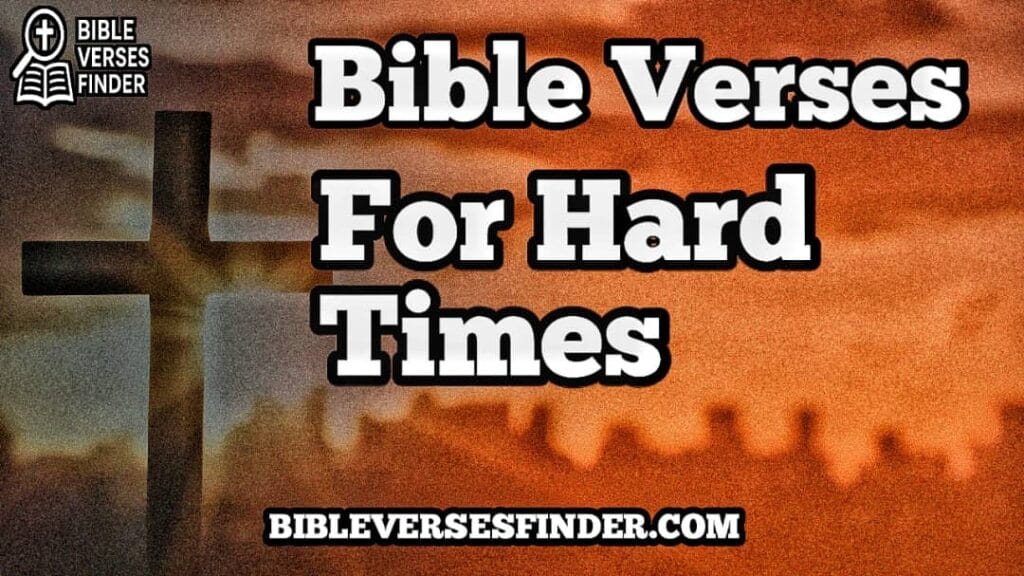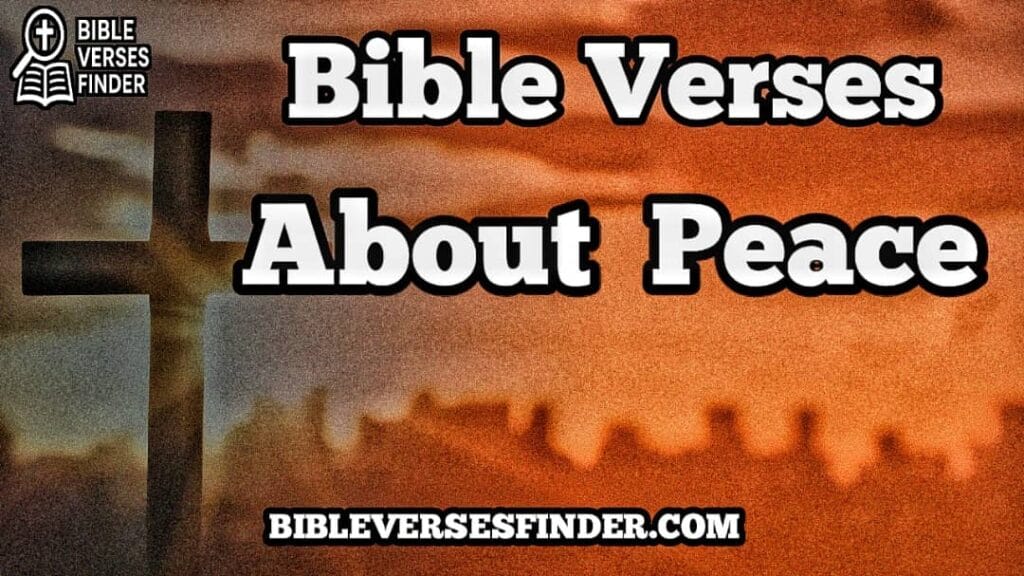The Bible is a book unlike any other. It is filled with short, powerful phrases like “Jesus wept” (John 11:35), the shortest verse in Scripture, and with long, detailed passages that stretch across multiple lines. Every word is purposeful, every sentence intentional. But have you ever wondered?
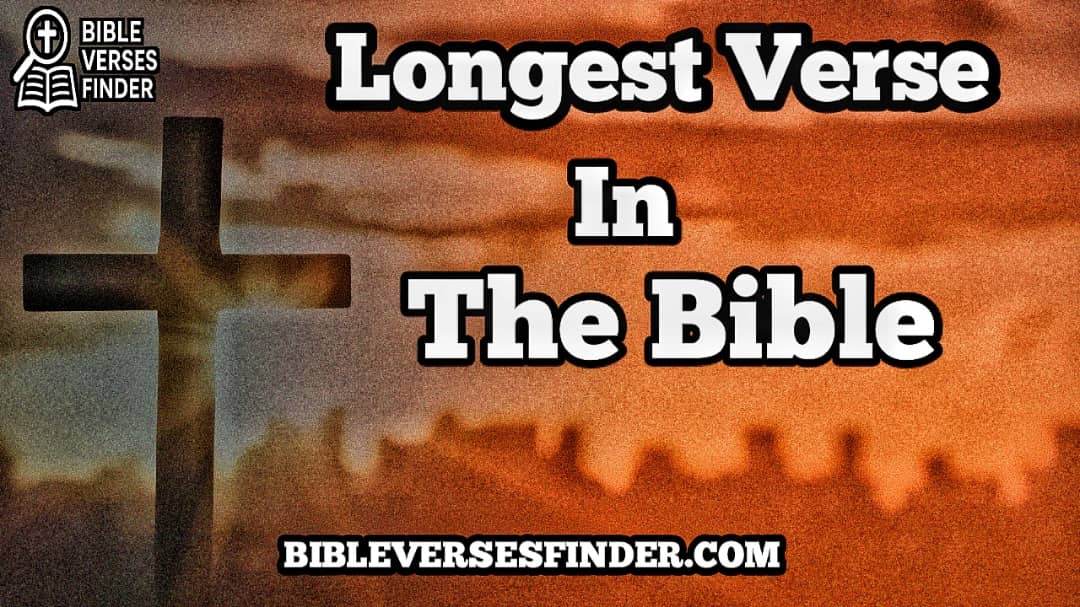
The longest verse in the Bible is found in the Old Testament, in the Book of Esther. It is Esther 8:9, a verse that, depending on the translation, can run over 90 words in English and covers nearly an entire paragraph. It’s not just long for the sake of being long. This verse captures a historical moment of political urgency, cultural tension, and divine intervention that changed the fate of an entire people.
Be still and take your time because in this post, we’ll share the book of Esther 8:9 in depth. We’ll look at its historical context, why it was written the way it was, its theological significance, and the lessons it holds for us today. Along the way, we’ll also reflect on the beauty of how God uses even the “longest verse” to carry timeless truth for all who fear him should know.
Must Read: 30+ Most Loving Bible Verses About Father’s Love
The Longest Verse: Esther 8:9
We are delighted to let you know about the Longest Verse in the bible on the King James Version (KJV):
“Then were the king’s scribes called at that time in the third month, that is, the month Sivan, on the three and twentieth day thereof; and it was written according to all that Mordecai commanded unto the Jews, and to the lieutenants, and the deputies and rulers of the provinces which are from India unto Ethiopia, an hundred twenty and seven provinces, unto every province according to the writing thereof, and unto every people after their language, and to the Jews according to their writing, and according to their language.”
The Story Behind Esther 8:9
The Book of Esther is set in the Persian Empire under King Xerxes (also known as Ahasuerus). The Jews were living in exile, scattered across 127 provinces from India to Ethiopia.
In Esther 3, Haman, an official close to the king, plotted to destroy the Jewish people because Mordecai (a Jew and cousin of Queen Esther) refused to bow to him. Haman convinced the king to issue a decree permitting the destruction of all Jews on a certain date. Because Persian law was considered unchangeable once sealed, the decree could not simply be canceled.
This is where Esther’s courage shines. Risking her life, she approached the king and revealed Haman’s plot. The king ordered Haman’s execution, but the problem remained: the original decree still stood.
So in Esther 8, Mordecai and Esther were permitted to write a counter-decree. Instead of canceling the first law, they issued a second one allowing the Jews to defend themselves against their enemies.
Esther 8:9 is the moment this decree was written down and distributed. The length of the verse reflects the detail required for such an empire-wide proclamation.
Also Read: 36+ Powerful Bible Verses To Protect Your Home From Evil
Why Is Esther 8:9 So Long?
It’s a pleasure to make it known to some of you that the reason why Esther is the longest verse in the bible is because of the following:.
1. It Records Legal Precision – Royal decrees had to be worded carefully to avoid misinterpretation. This wasn’t a casual letter; it was law.
2. It covered a Massive Empire – The decree had to be sent to 127 provinces across multiple languages and cultures. That’s why the verse emphasizes “every people” and “every language.”
3. It Shows the Seriousness of the Situation – The fate of millions of Jews hung in the balance with this decree. Nothing could be left vague or unclear.
4. It Mirrors Ancient Writing Styles – In ancient records, especially Persian, long sentences with detailed descriptions were common. Esther 8:9 reflects this historical reality.
Breaking Down Esther 8:9
At first glance, this verse might seem like a long legal record or an administrative detail. But if we break it down, it reveals layers of meaning:
1. The Timing – “The third month, that is, the month Sivan…”
This situates the event historically. The decree was not vague but tied to real time and place.
2. The Writers – “The king’s scribes were called…”
Important royal decrees had to be officially recorded and translated to reach all corners of the empire.
3. The Authority – “According to all that Mordecai commanded…”
Mordecai, once a forgotten Jew at the palace gates, now held a position of great influence, showing how God raises the humble.
4. The Audience – “Unto every province… every people… every language…”
The decree was comprehensive. No one could miss its importance, no matter their culture or tongue.
Note: This wasn’t just an ordinary law; it was a kingdom-wide announcement that would literally save the lives of the Jewish people.
Historical Context: Why Was This Verse So Long?
To appreciate the verse, we must understand the Book of Esther. Earlier in the story, Haman, an enemy of the Jews, convinced King Xerxes (Ahasuerus) to issue a decree to destroy the Jews. Because Persian law could not be revoked once sealed with the king’s signet ring, Esther and Mordecai had to find another way.
The solution? Write a second decree that empowered the Jews to defend themselves against their enemies. This was a monumental task. It had to be detailed, legally binding, and carefully worded so no one could misunderstand it. That’s why Esther 8:9 is so long; it records the crafting of this new decree. Its length reflects the urgency and seriousness of ensuring clarity across a vast empire stretching from India to Ethiopia.
Lessons From the Longest Verse
Though it might look like a dry historical record at first glance, Esther 8:9 holds several spiritual and life lessons:
1. God Works Through Details
Sometimes we look for God only in the big miracles. But here, His salvation comes through scribes, translations, and official letters. The mundane details matter in God’s plan.
2. Clarity is Essential
The decree had to be crystal clear, reaching every language and culture. In life, especially in leadership or relationships, clarity avoids confusion and preserves peace.
3. God Elevates the Humble
Mordecai went from sackcloth at the palace gates to commanding decrees across 127 provinces. His story is a testimony of how God can turn the tables.
4. Deliverance Comes in God’s Timing
The decree came in the third month, not immediately after the crisis. God’s timing may not always be ours, but it is always perfect.
The Contrast: Longest vs. Shortest Verses
It’s interesting to compare Esther 8:9 with the shortest verse in the Bible, John 11:35: “Jesus wept.”
Bear it in mind that the shortest verse shows us the heart of God in two words. The longest verse shows us the detail of God’s providence in one long sentence. Just that both teach us something profound: sometimes God speaks in brevity, in detail, but always with purpose.
How Esther 8:9 Inspires Modern Faith
We will be looking at how the book of Esther is relevant to our modern-day Christianity and how we can draw applicable lessons for our present-day use.
- For leaders only: It reminds us to communicate decisions clearly and responsibly.
- For believers only: It shows that God’s providence works even in paperwork, policies, and “boring” details of life.
NOTE: For the oppressed, it brings hope that God can reverse decrees of destruction and replace them with decrees of life because God can be trusted.
Frequently Asked Questions (FAQ)
I know some questions need answers regarding this post, Longest Verse In The Bible. Take your time and read through it for more understanding.
Q1: Why is Esther 8:9 considered the longest verse?
A1: Because in most Bible translations, it has the greatest word count of any single verse, often exceeding 90 words.
Q2: Does the length of the verse have spiritual significance?
A2: While the length itself is not symbolic, Longest Verse In The Bible reflects the need for precision in a life-or-death royal decree.
Q3: How does this verse fit into the overall story of Esther?
A3: Longest Verse In The Bible is the turning point where the Jews go from threatened destruction to empowered defense.
Q4: What’s the difference between Esther 8:9 in English and Hebrew?
A4: In the original Hebrew, it’s also long, though not necessarily by word count alone. Its structure mirrors formal royal decrees.
Q5: Can this verse be applied to everyday Christian life?
A5: Yes. Longest Verse In The Bible teaches the importance of detail, patience, and trusting God’s hand even in administrative or seemingly small things.
Summary:
Esther 8:9 may be the longest verse in the Bible, but it is far from meaningless. In its lengthy, detailed description lies a powerful story of reversal, deliverance, and divine providence. It reminds us that God is not only present in miracles and parting seas but also in decrees, letters, and details that might otherwise go unnoticed.
The next time you come across Esther 8:9, don’t skim over it. Pause and reflect. Remember that God’s hand moves through every word, long or short, to bring His people hope, salvation, and victory.
So whether you are encouraged by the shortest verse or challenged by the longest, take comfort in this truth: every single word of Scripture has purpose, and every verse carries a message for those willing to listen. Do well to share this post with family and friends. Stay with us as we keep you updated.

